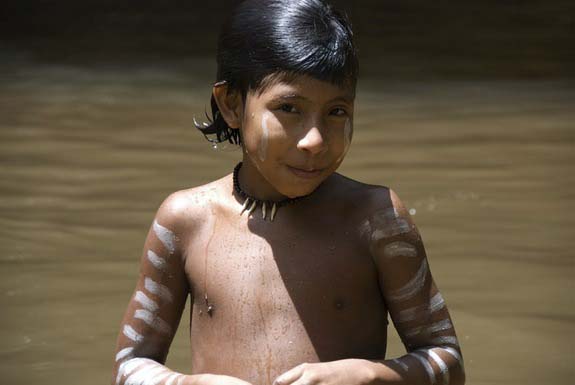


Watchdog groups say more conflict is inevitable as government-backed projects such as hydroelectric dams and roads bring thousands of settlers to remote areas. Brazil's maturing economy is driving much of the development, as is renewed strength of the country's farm sector, which recently pushed through reforms loosening Brazil's forest protection law. While the Awa may face the most immediate threat, tribes across Brazil are locked in the same struggle as they battle loggers, ranchers, miners and farmers who often invade government-demarcated reserves. The threat to the Awa grew so grave that it caught the attention of the British-based indigenous rights group Survival International, which designated them "the world's most endangered tribe" and made their preservation its top campaign priority this year. So did a rail line where trains shuttle tons of iron ore through the forest, from mines in the heart of the Amazon to Atlantic Ocean ports, with much of it headed for Chinese steel mills. Loggers and ranchers came, cutting into the tribe's ancestral lands in search of profits. Then the rest of the world found the Awa.
UNCONTACTED AWA TRIBE PATCH
BRASILIA, Brazil - For generations, the Awa lived far from the rest of humanity, picking fruit, hunting pigs and monkeys and following the seasons' rhythms in their patch of the lush Brazilian Amazon rainforest.


 0 kommentar(er)
0 kommentar(er)
